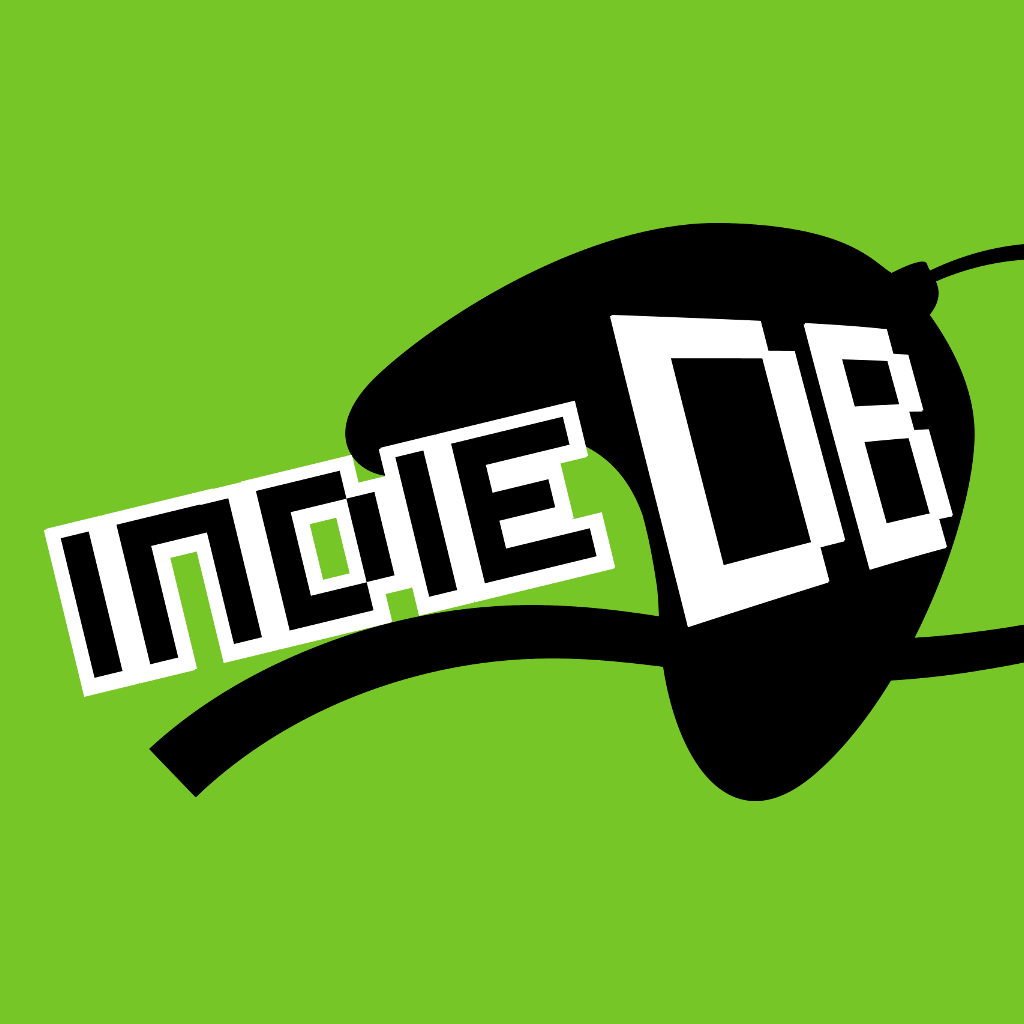
MEDIUM.COM
AlterIA, conectando las emociones con la alimentación
AlterIA, conectando las emociones con la alimentaciónUna solución basada en Design Sprint para controlar el Hambre Emocional integrando la IA7 min read·Just now--Descubriendo la situaciónVivimos en una sociedad donde la alimentación y el bienestar emocional se encuentran en un punto de confrontación debido al alto ritmo de vida al que estamos sometidos/as.En este sentido, la alimentación puede actuar como un mecanismo de alivio emocional ante situaciones estresantes o desagradables.Cuando este recurso se convierte en un patrón repetitivo y se utiliza de forma sistemática para gestionar el malestar emocional, estamos ante un caso de hambre emocional , en otras palabras, concebir el hecho de comer como una actividad capaz de llenar un vacío.Ante el desafío que teníamos por delante en el equipo, decidimos apostar por una metodología ágil y estructurada que facilitara avanzar con rapidez y claridad: el Design Sprint.Durante cinco días de trabajo intensivo, logramos alinear al equipo, fomentar la generación de ideas, construir un prototipo funcional y validarlo con usuarios reales. A continuación, comparto cómo llevamos a cabo cada una de las dinámicas del proceso.Entendiendo el problemaA nivel nacional español, el 45% de los adultos reconoce que sus hábitos alimenticios están condicionados por la situación emocional que experimenta en el momento de comer.Psychological Inflexibility in Spanish Adults: Characteristics of Emotional Eating and the Healthy Eating Index (Nutrients, 2023)Esta tendencia se vuelve algo más llamativa cuando observamos los datos a nivel mundial. Hasta el 70% de la población a nivel mundial reconocen que de forma recurrente suelen aliviar sus emociones inestables a través de la comida.Psychological Inflexibility in Spanish Adults: Characteristics of Emotional Eating and the Healthy Eating Index (Nutrients, 2023)Arrancando el proyectoIniciamos el proyecto con una reunión de kick-off para reconocer aquellas claves que nos permitirían definir el reto al que nos enfrentamos: cómo ayudar a la población a hacerle frente al hambre emocional a través de la tecnología.En base a esta cuestión y teniendo en mente que la solución debía estar basada en la tecnología cercana y confiable, tuvimos claro que ésta además debía integrarse fácilmente en los usuarios para una mejor experiencia en los usuarios, acompañándolos y asesorándolos en sus conductas emocionales y nutricionales.Es en este punto cuando comenzamos por plantear las Sprint Questions, necesarias para saber si la solución que iríamos a plantear tiene potencial de éxito.En paralelo, creamos los mapas de usuarios, tratando de ponernos en la piel de dos personas que supusimos para poner el foco en la realidad de los usuarios:Tras transformarlas aplicando la técnica How Might We…? y tras organizarlas en un mapa de afinidad, seleccionamos las que más convencían mediante votación silenciosa. Marcamos en rojo la formulaciones más votadas que darían forma al reto y posteriormente al desarrollo de la solución:¿Cómo podríamos ayudar al usuario a mantener un control a largo plazo de sus emociones y la alimentación?Habemus reto: rienda suelta a la generación de ideasUna vez el reto estuvo definido, comenzamos el proceso de generación de ideas mediante el uso de diferentes técnicas de research (Lightning Demos) así como de ideación (Museo del Arte, Boceto de 4 Pasos, Crazy 8 y Storyboard).El objetivo estaba claro: abrir la mente, inspirarse y evitar empezar de cero. Rompiendo bloqueos creativos y retroalimentarnos unos a otros.Muestra del Crazy 8 que aporté al equipoLlegando a la idea: AlterIA, la app para controlar el hambre emocional¿Por qué no planteamos un asistente que sea como ‘’tu propio yo’’ al que debes atender y cuidar? A simple vista puede parecer poco original ya que en su momento se inventó el tamagotchi o incluso en el boom de las app de juegos en smartphones llegó a ser bastante popular Pou.Quisimos llevarlo a otro nivel: el de la autoconsciencia del usuario a través de la empatía de una mascota virtual que sería ‘’su propio yo’’, en otras palabras: su alter ego.Es por eso que se nos ocurrió AlterIA, un asistente de voz integrado por Inteligencia Artificial cuya misión es conciliar el estado emocional del usuario con su bienestar nutricional. En tiempo real. En cualquier momento.Tres funcionalidades principalesAlterIA está planteada como una solución cercana e íntima para el usuario. En todo momento debe sentirse a gusto con la interfaz y ser capaz de reconocerse a sí mismo a través de la mascota.Es por eso que las tres funcionalidades planteadas para testear la idea fueron:Vayamos una por una:1️⃣ Detección de emociones: basado en la integración de la IA en un sistema de interfaz de usuario por voz (VUI), la mascota es capaz de identificar patrones e inputs emocionales mediante la voz para establecer un diagnóstico de la situación y un debido asesoramiento al usuario con recomendaciones ajustadas a la emoción determinada que está experimentando en el momento.2️⃣ Escáner de comidas: empleando la cámara del smartphone, la IA integrada en el sistema está capacitada para escanear los platos del usuario, evaluar si está indicado o contraindicado según el estado emocional que está sintiendo en el momento, analizando sus valores nutricionales y llevando a cabo un registro histórico de cada escáner para un control a futuro.3️⃣ Mascota personalizable: la principal funcionalidad puesto que es la que otorga mayor confiabilidad en el usuario. Debe representar a quién la personalice y ser capaz de convertirse en su propio ‘’alter ego’’.🤔¿Cómo íbamos a integrar las tres funcionalidades?🤔 A partir de los siguientes elementos claves:Botones claros y accesibles que refuercen el affordance de cada funcionalidad en la interfaz.UX Copywriting: hablar en el idioma del usuario, empatizando con el mismo de forma natural. La positividad se antoja como clave.Accesibilidad: el principal punto a tener en cuenta. Tanto la interfaz como el flujo o journey del usuario debe ser amable y adaptado para aquellas personas con diferentes capacidades auditivas, visuales, cognitivas,…Tras plantear los wireframes organizando las tres funcionalidades en un flujo intuitivo y fluido para el usuario, decidimos llevar a cabo el prototipo en alta fidelidad para poder testear la idea con usuarios reales:¿Es la solución al problema? Testeamos la idea con usuarios.Para validar el prototipo, seleccionamos una muestra de 5 usuarios, de diferentes perfiles y estilos de vida.Los resultados fueron positivos:FUTURIBLES: aspectos donde comenzar a iterar…Aunque los resultados del test a usuarios fueron generalmente positivos, analizamos las respuestas de cada uno de los usuarios que participaron en el testing con el objetivo de extraer información de valor que nos permitiese tener en cuenta mejoras o futuras implementaciones:📌 En el onboarding, debería incluirse algún campo a rellenar para personas con TCA (trastorno de conducta alimentaria) o similar.📌 Implementar alguna funcionalidad relacionada con el periodo menstrual.📌 La mascota debe tener un estilo más humano e interactuar con voz en todo momento — no sólo por escrito-.📌 Aunque el 100% consideró que es una app intuitiva, la Home tendría que contener un dashboard.📌 Afinar la tecnología IA que detecta los patrones y escaneado de alimentos para mayor fiabilidad.📌 Como modelo de negocio, añadir funcionalidades freemium que permitiesen monetizar la app.ConclusionesEl objetivo que nos propusieron fue idear, crear y validar una solución en un tiempo reducido, con el ánimo de ahorrar y optimizar recursos.La metodología Design Sprint nos ha ayudado a la hora de crear un prototipo con el que realizar un test con usuarios reales, el cual ha confirmado que el prototipo planteado durante el proceso responde de forma eficaz a las necesidades detectadas inicialmente.Los participantes no solo comprendieron el flujo de la solución sin necesidad de explicaciones adicionales, sino que también valoraron de forma muy positiva la utilidad, usabilidad y enfoque de la propuesta.Este resultado reafirma la potencia del enfoque iterativo y de trabajo colaborativo del Design Sprint, especialmente gracias al uso de técnicas como el Mapa de Usuario, que nos permitió enfocar correctamente el problema desde el inicio, y los Bocetos de 4 pasos, que facilitaron la generación de ideas y soluciones variadas, bien fundamentadas y con potencial.💬 Y ahora te pregunto, ¿crees que un alter ego digital te ayudaría a conciliar tus emociones y la forma en la que te alimentas? ¿Confiarías en la Inteligencia Artificial para aprender a mejorar tu bienestar, tanto físico como mental? Escríbeme en comentarios: ¡todo feedback es bienvenido!☺️
0 Commentarios
0 Acciones
28 Views












